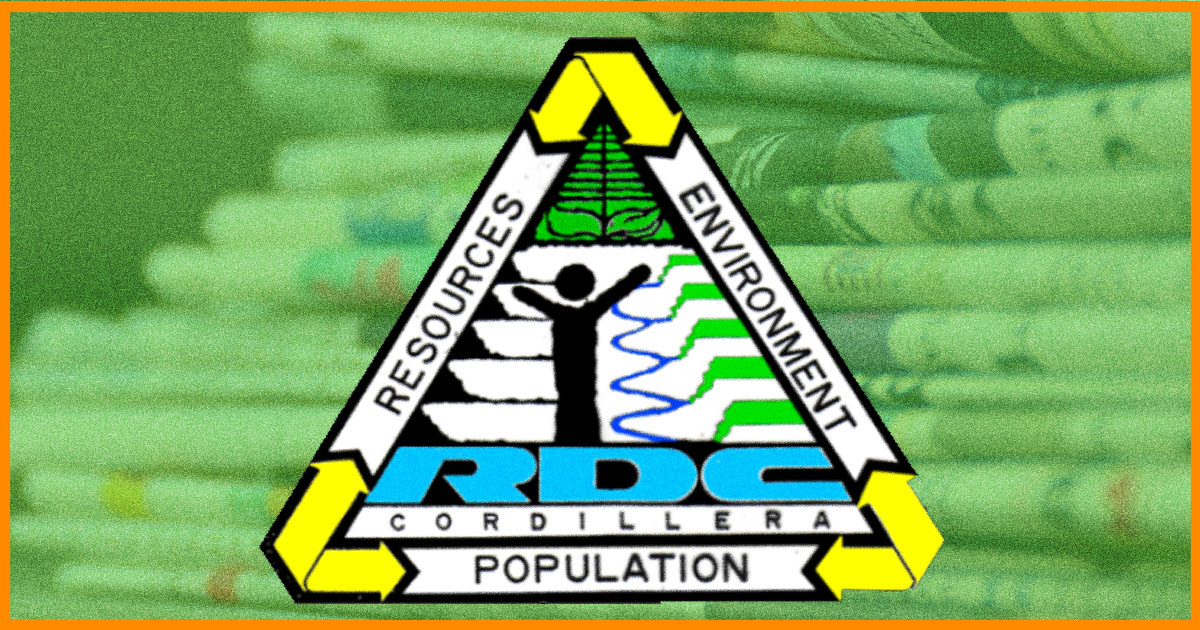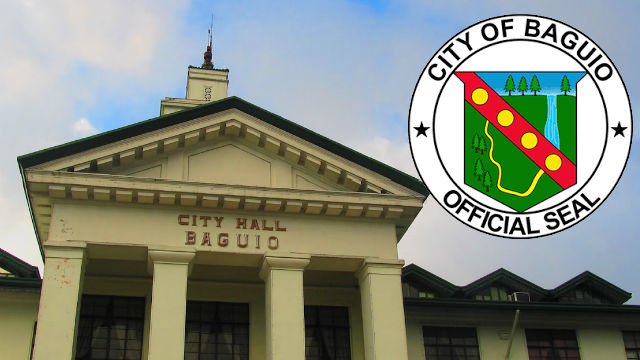BAGUIO CITY – The Cordillera Regional Tourism Investment Forum 2024, held at the Cordillera Convention Hall in Baguio Country Club on April 02, 2024, marked a pivotal moment for stakeholders in the tourism industry. Organized by the Department of Tourism-Cordillera (DOT-CAR) under the theme “Elevating Opportunities: Sustainable Investments in Mountain Tourism,” the forum aimed to explore avenues for sustainable development and investment in the picturesque Cordillera region.
The National Tourism and Development Plan 2023-2028 was unveiled by Dr. Maria Cherry Lyn S. Rodolfo, representing OIC Assistant Secretary Warner M. Andrada. Dr. Rodolfo’s presentation shed light on the tourism industry’s performance from 2019 to 2022, emphasizing the remarkable recovery witnessed in 2021 and 2022, characterized by significant growth in international tourist arrivals and receipts. “Actually, in 2022, we witnessed a growth of 1,519% and recovery was almost 32% of the 2020 levels, so that was facilitated by actually the reopening of our borders in a very safe manner. And in terms of receipts, the country actually already generated about 214 billion international tourism receipts as a result of the entry of the international tourist arrivals, and a significant proportion of that number was accounted for by our very huge network of overseas Filipinos.”
Despite the challenges posed by the pandemic, the domestic tourism sector emerged as a crucial pillar of resilience, with domestic travelers contributing substantially to regional tourism distribution in 2022. Air connectivity and efforts to diversify transportation options were underscored as vital for international and domestic tourism, with a rapid interest in cruise tourism.
In 2023, the Philippines experienced a record-breaking year in international tourist arrivals, surpassing targets set by the National Tourism Development Plan. South Korea emerged as the top market, with overseas Filipinos playing a pivotal role in bolstering tourism. Economic impacts were discussed, highlighting tourism’s significant contribution to GDP and employment. However, despite evident recovery, the industry has yet to reach pre-pandemic levels.
The National Tourism Development Plan for 2023-2028 outlined seven strategic goals, prioritizing infrastructure development, digitalization, and diversification of tourism offerings to position the Philippines as a tourism powerhouse in Asia while ensuring sustainability and competitiveness.
Jovita A. Ganongan, Regional Director of the Department of Tourism, delved into the current tourism landscape and opportunities in the Cordillera Region. “The Cordillera Region, as we know, is a prime eco-tourist destination, and it prides itself on its natural beauty. We all know that the Cordillera is a beautiful region. I would know that for 30 years. I’ve been traveling around the Cordillera, every nook and cranny, the villages, all of those adventure areas in the Cordillera, and these endowments actually provide the region’s attractions such as lush forests and mountainous areas that are traversed by 13 major river systems.”
She emphasized the region’s natural beauty, rich biodiversity, and cultural heritage spanning its six provinces, with Baguio City as a prominent hub.
Ganongan highlighted diverse attractions in each province, ranging from adventure areas to historical and cultural sites. Noteworthy increases in tourist arrivals and accommodation establishments indicated growing interest and investment in the Cordillera tourism sector, promising economic opportunities and job creation.
She explained their vision in a regional tourism development plan: “We envision the Cordillera as a leader in eco-cultural tourism being sustainably managed by empowered and resilient communities.” This vision encapsulates a bold aspiration for the future of tourism in the region and this vision supports the region’s current tourism landscape and opportunities and ensures a sustainable tourism future for the Cordilleras.”
“By embracing this vision, the Cordillera can capitalize on its natural and cultural assets to attract conscientious travelers, foster community engagement, and ensure the long-term viability of its tourism industry,” she added.
The Regional Tourism Development Plan aims to position the Cordillera as a leader in eco-cultural tourism, emphasizing sustainability and community empowerment through thematic routes and infrastructure enhancement.
Investment opportunities in mountain tourism were brought to the forefront, including wellness tourism and adventure packages tailored to diverse interests. Sustainable practices and quality standards were essential for enhancing competitiveness and reputation.
Ganongan stressed the importance of investing in human resources through training and capacity-building programs to ensure professionalism and efficiency.
Additionally, strategies for minimizing social impacts, fostering community engagement, and ensuring resiliency and safety were discussed, underlining the collaborative efforts needed to propel Cordillera tourism forward.
“So the importance of cooperation, collaboration, and the shared commitment to make tourism an economic engine will undoubtedly propel the Cordillera region into a competitive and prime destination in the country, so with a collective commitment to fostering a vibrant and inclusive tourism industry, the cordillera region can truly shine as a top destination in the Philippines offering unforgettable experiences for all who visit.” she reiterated.
Sherida Mae M. Cachero, OIC Chief of the Investment Division at the National Economic Development Authority-CAR, provided insights into investment priorities and tourism investable areas in the Cordillera Region.
Despite being a significant driver of the service sector and employment, the tourism sector remains susceptible to external shocks. Development strategies for tourism included crafting new products, promoting community participation, improving provincial access roads, and strengthening opportunities in farming and agritourism.
The Investment Priorities Plan listed tourism among the top priorities, alongside the coffee industry, renewable energy development, and creative industries. Specific locations primed for tourism-related investments were identified, offering potential for tourism-oriented industries.
Dr. Maria Cherry Lyn S. Rodolfo, from the Board of Advisors, shared her insights into challenges and solutions regarding sustainable tourism investment. She emphasized the need for accurate measurement of tourism investments, financing for micro, small, and medium enterprises, and engagement of multiple stakeholders. Various investment opportunities, including product development, marketing, and non-traditional avenues like startups and tech applications, were highlighted.
Dr. Rodolfo underscored the importance of creating an enabling business environment through capacity development, infrastructure investment, and inclusive institutions.
She concluded her presentation by describing the inclusivity of sustainable tourism development: “We’re now seeing more inclusive institutions in the country, public-private partnerships, so I think we will have a discussion on PPP later and see how this kind of modality can be used more and more by our or local government units to address the infrastructure gaps in the area. And community engagement. When communities, community organizations, community cooperatives are able now to participate, let’s say, in operations and maintenance of facilities, of activities, of their communities, then that would be a way also to generate these investments for the destinations.”
The Cordillera Regional Tourism Investment Forum 2024 was a platform to chart a course towards sustainable development and investment in mountain tourism. With shared commitment and collaborative efforts, the Cordillera region is poised to emerge as a premier destination, offering unforgettable experiences while ensuring the preservation of its natural and cultural heritage for generations to come. By Jackielyn Reyes














